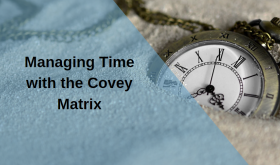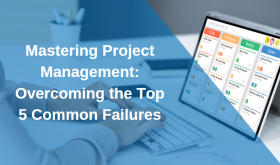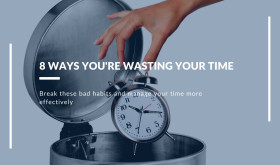Why do we have so many meetings? What do we expect to happen in the many meetings that we either host or attend? In 2019 alone it was estimated that pointless meetings cost over €399 million by a study of 19 million meetings. There are many different types of meetings with different rules and customs which result in different outcomes. The outcome can depend on where the meeting is held and with whom. The most common types of meetings are held by professionals in offices whether it is a construction company, tech or health care.
The best estimate suggests that there are 55 million a day, most professional attend around 15 meetings per week according to the University of Carolina. As an employee moves up the corporate ladder, they will spend more and more time in meetings. This results in most higher-level executives spending 50-90% of their time in meetings. Does this mean that the higher-level executives are simply better at meetings? According to the book ‘The Surprising Science of Meetings’ by Steven Rogelberg, more meetings does not necessarily mean getting more done. When surveying post meeting satisfaction he found that the person hosting the meeting and doing all the speaking will rate a high satisfaction, while his or her colleagues will not. If too many meetings or unsatisfactory meetings have been identified as a source of frustration with senior managers, then it is safe to say that those meeting are unproductive.
Unproductive meetings have become an accepted cost in the culture of the modern workplace, it’s time for this to change. While it’s never wise to throw the proverbial baby out with the bathwater, it’s important to note that meetings have their time and place. Humans are social creatures who thrive on interaction and cooperation, rather than getting rid of meetings we will look at ways to improve them.
Optimizing a meeting should start before the meeting does. By carefully laying out a detailed strategy in the planning phase it minimises the risk of inefficient time use of employees. This will also include the time of consultants and vendors as they might be charging by the hour. The agenda should be distributed to the attendees before the meeting so that all are aware of the goal and strategy of the meeting. This could prevent the meeting from being derailed by off topic issues being raised. 1Time has secure client access to share the agendas easily as they are preparing to attend the meeting.
Once the agenda has been planned, an estimate on the time needed can be ascertained. Each meeting will have a different time frame, but it’s important to keep them as concise as possible. Strategic meetings might require substantially more time to complete and a catch-up meeting might only need 10-30 mins. Even with the best of intentions, meetings can go slightly over time. If there is meeting overflow it can be tempting to cram important information at the end of the meeting. Add possible overflow time to the meeting schedule to prevent this. If the overflow time is used, then it is an opportunity to revaluate the meeting agenda and adjust for the future meetings.
On the topic of meetings one area that is often overlooked is the airflow in the meeting room. While it is often overlooked it can make a big difference. In a closed meeting room for an hour or more can raise CO2 levels to the point that decision-making is reduced, and cognitive abilities deteriorates. By making sure the room is well ventilated attendees can stay focused for longer and the dreaded head nodding sleepiness can be avoided.
With all these strategies in place company meetings can be improved to avoid frustration from unproductive meetings. Saving the best for last, improving the productivity of meetings is the follow up actions. Once the meeting is concluded and the goals are in place, then it is time to act. 1Time can assist with this through various means, the Project Tasks solution can define follow up project task solutions. 1Time is easy to use anywhere any device, this allows external workers such as contractors or consultants to log time used and have visibility on client facing reports. To see how 1Time could help your company, try the 30-day free trial and thank us later.









